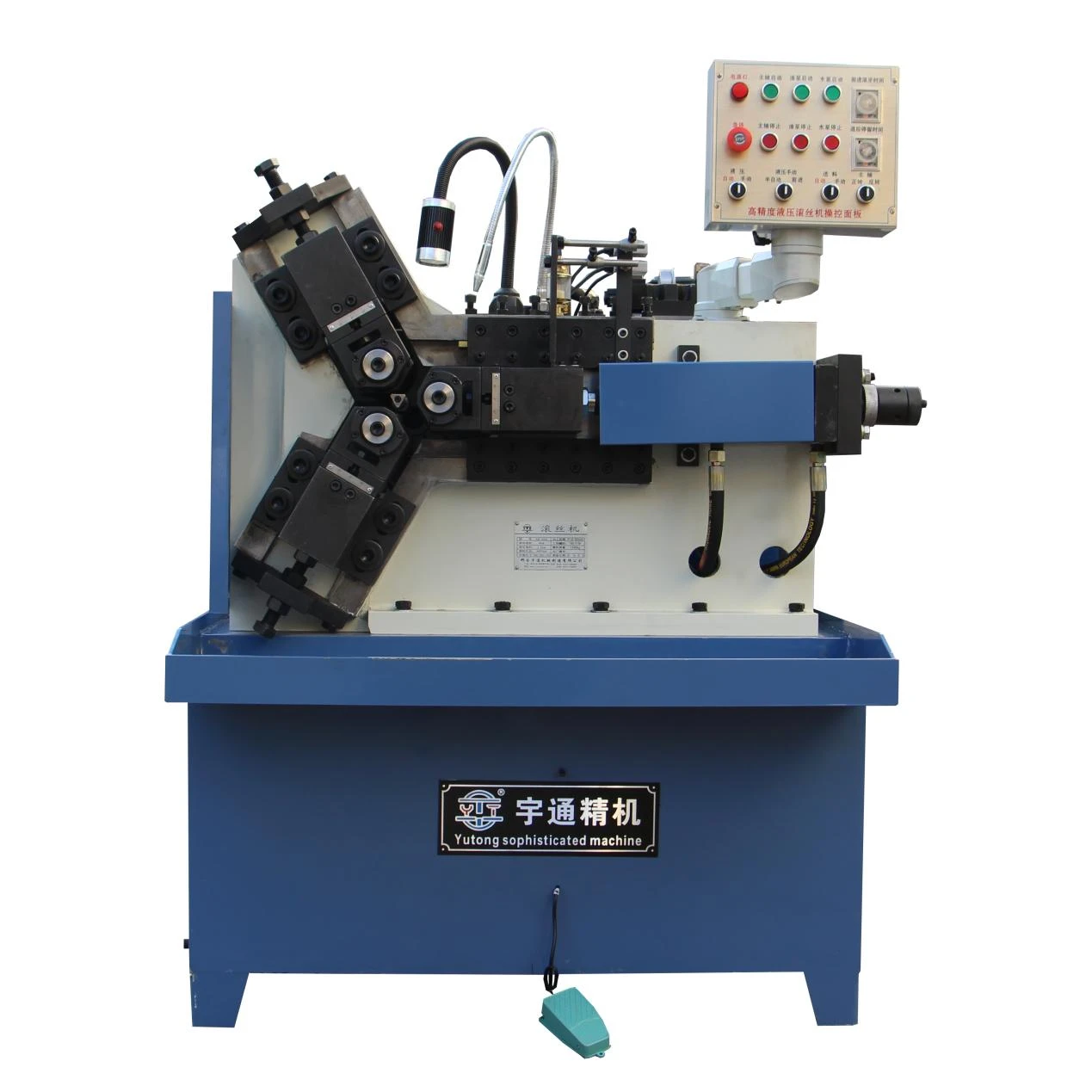
-
 Afrikaans
Afrikaans -
 Albanian
Albanian -
 Amharic
Amharic -
 Arabic
Arabic -
 Armenian
Armenian -
 Azerbaijani
Azerbaijani -
 Basque
Basque -
 Belarusian
Belarusian -
 Bengali
Bengali -
 Bosnian
Bosnian -
 Bulgarian
Bulgarian -
 Catalan
Catalan -
 Cebuano
Cebuano -
 Corsican
Corsican -
 Croatian
Croatian -
 Czech
Czech -
 Danish
Danish -
 Dutch
Dutch -
 English
English -
 Esperanto
Esperanto -
 Estonian
Estonian -
 Finnish
Finnish -
 French
French -
 Frisian
Frisian -
 Galician
Galician -
 Georgian
Georgian -
 German
German -
 Greek
Greek -
 Gujarati
Gujarati -
 Haitian Creole
Haitian Creole -
 hausa
hausa -
 hawaiian
hawaiian -
 Hebrew
Hebrew -
 Hindi
Hindi -
 Miao
Miao -
 Hungarian
Hungarian -
 Icelandic
Icelandic -
 igbo
igbo -
 Indonesian
Indonesian -
 irish
irish -
 Italian
Italian -
 Japanese
Japanese -
 Javanese
Javanese -
 Kannada
Kannada -
 kazakh
kazakh -
 Khmer
Khmer -
 Rwandese
Rwandese -
 Korean
Korean -
 Kurdish
Kurdish -
 Kyrgyz
Kyrgyz -
 Lao
Lao -
 Latin
Latin -
 Latvian
Latvian -
 Lithuanian
Lithuanian -
 Luxembourgish
Luxembourgish -
 Macedonian
Macedonian -
 Malgashi
Malgashi -
 Malay
Malay -
 Malayalam
Malayalam -
 Maltese
Maltese -
 Maori
Maori -
 Marathi
Marathi -
 Mongolian
Mongolian -
 Myanmar
Myanmar -
 Nepali
Nepali -
 Norwegian
Norwegian -
 Norwegian
Norwegian -
 Occitan
Occitan -
 Pashto
Pashto -
 Persian
Persian -
 Polish
Polish -
 Portuguese
Portuguese -
 Punjabi
Punjabi -
 Romanian
Romanian -
 Russian
Russian -
 Samoan
Samoan -
 Scottish Gaelic
Scottish Gaelic -
 Serbian
Serbian -
 Sesotho
Sesotho -
 Shona
Shona -
 Sindhi
Sindhi -
 Sinhala
Sinhala -
 Slovak
Slovak -
 Slovenian
Slovenian -
 Somali
Somali -
 Spanish
Spanish -
 Sundanese
Sundanese -
 Swahili
Swahili -
 Swedish
Swedish -
 Tagalog
Tagalog -
 Tajik
Tajik -
 Tamil
Tamil -
 Tatar
Tatar -
 Telugu
Telugu -
 Thai
Thai -
 Turkish
Turkish -
 Turkmen
Turkmen -
 Ukrainian
Ukrainian -
 Urdu
Urdu -
 Uighur
Uighur -
 Uzbek
Uzbek -
 Vietnamese
Vietnamese -
 Welsh
Welsh -
 Bantu
Bantu -
 Yiddish
Yiddish -
 Yoruba
Yoruba -
 Zulu
Zulu
OEM 203 Die Thread Rolling Machine for Precision Manufacturing Applications
The Evolution and Importance of the OEM 203 Die Thread Rolling Machine
In the manufacturing industry, efficiency and precision are paramount. This is particularly true when it comes to the production of threaded components, which play a vital role in a myriad of applications from automotive to aerospace industries. One of the machines that have significantly enhanced the threading process is the OEM 203 die thread rolling machine. This state-of-the-art equipment has transformed how manufacturers approach thread rolling and has established itself as an essential tool in modern manufacturing.
The OEM 203 thread rolling machine operates on a simple yet effective principle it transforms flat metal into precisely threaded components through a cold-forming process. Unlike traditional methods such as cutting, rolling produces threads by displacing material, which leads to superior mechanical properties and a finer surface finish. This process not only conserves material but also enhances strength due to the work-hardening effect achieved during the rolling process. By opting for the OEM 203, manufacturers can produce components that exhibit excellent tensile strength and fatigue resistance, which are crucial attributes for high-stress applications.
The Evolution and Importance of the OEM 203 Die Thread Rolling Machine
Another significant advantage of the OEM 203 die thread rolling machine is its operational efficiency. Equipped with advanced technology, the machine can perform high-speed production while maintaining precision. This efficiency translates to reduced cycle times and lower operational costs. As global competition intensifies, manufacturers must streamline processes to remain competitive; the OEM 203 provides a solution that aligns with this objective.
oem 3 die thread rolling machine

Moreover, the machine boasts a user-friendly interface, making it accessible for operators of varying skill levels. The intuitive controls and automation features reduce the likelihood of errors, which is critical in maintaining consistent quality. An additional benefit is the reduced workforce training time, allowing companies to optimize their labor resources effectively.
Maintenance and durability are critical considerations in industrial machinery, and the OEM 203 excels in these areas. Crafted with high-quality materials and precision engineering, the machine is designed to withstand the rigors of constant use. Routine maintenance is simplified by the machine's design, which facilitates easy access to critical components, thereby minimizing downtime and extending the equipment's lifespan.
In terms of environmental considerations, the OEM 203 die thread rolling machine is designed to minimize waste and energy consumption. The cold-forming process uses less energy compared to traditional cutting methods and generates less scrap material, aligning with the growing emphasis on sustainable manufacturing practices. This environmentally friendly approach not only benefits the planet but can also enhance a company's reputation as a socially responsible entity.
Lastly, companies investing in the OEM 203 die thread rolling machine can leverage its capabilities to enhance product quality and customer satisfaction. In a market where consumers demand reliability and performance, the superior quality of rolled threads can lead to longer-lasting products, ultimately benefiting end-users.
In conclusion, the OEM 203 die thread rolling machine represents a significant advancement in manufacturing technology. Its combination of versatility, efficiency, user-friendly features, durability, and environmental considerations makes it an ideal choice for organizations seeking to improve their threading processes. As industries continue to evolve and adapt to changing market demands, the importance of such innovative machinery cannot be overstated. Embracing the OEM 203 will not only enhance production capabilities but also position manufacturers to thrive in an increasingly competitive landscape. With the ongoing advancements in manufacturing technology, the future looks promising for thread rolling processes, driven by systems like the OEM 203.
